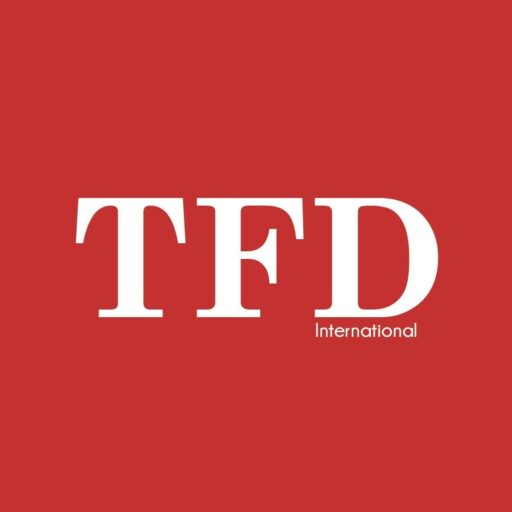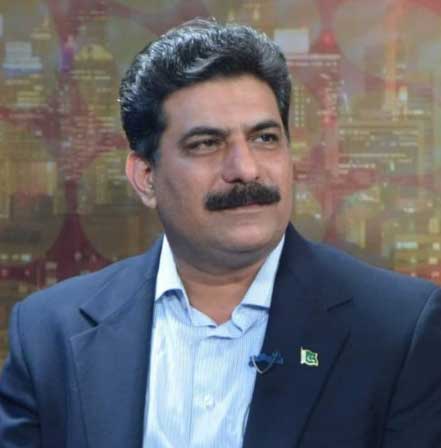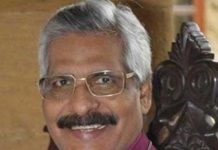As a student of political science and a concerned citizen, I believe it is crucial for the public to understand how these models influence the actions and reactions of states on the global stage.
Foreign policy refers to the strategies and decisions that a country uses to manage its relationships with other nations. It includes decisions about war and peace, trade, international cooperation, and national security. Behind every foreign policy decision is a complex process that involves many people, institutions, and considerations. To understand these decisions, political scientists have created several models that explain how countries make foreign policy choices.
The three most widely discussed models of foreign policy decision-making are the Rational Actor Model, the Organizational Process Model, and the Bureaucratic Politics Model. Each of these models provides a different explanation of how governments act in international affairs.
The Rational Actor Model (RAM): This is the most traditional and widely used model. It assumes that the state acts as a single, unified actor. According to RAM, leaders define goals clearly, identify all possible options, evaluate their consequences, and choose the option that best serves national interests. The decision-making process here is logical and goal-oriented. For example, if a country is under threat, the leaders will assess whether to negotiate, go to war, or form alliances based on cost-benefit analysis. Although this model is idealistic, it is useful in understanding many international decisions. However, critics argue that it oversimplifies reality because it ignores internal politics and human errors.
The Organizational Process Model: Unlike RAM, this model sees the government not as a single unit but as a collection of different organizations. Each department, like the foreign ministry or defense department, follows standard procedures and routines. When a decision is needed, leaders rely on existing rules and past experiences. This model explains why some government decisions appear slow or uncreative. It shows that decisions often reflect what organizations are already set up to do, not what is best for the nation. For example, during a crisis, a defense department might recommend military solutions because that is its usual approach, even if diplomacy would be better.
The Bureaucratic Politics Model: This model focuses on the individuals within the government and the power struggles between them. It argues that foreign policy decisions are not just made logically or by following procedures, but also through negotiations, compromises, and even rivalries among key players. Ministers, advisors, military leaders, and diplomats all have different interests, and the final decision is often a result of political bargaining. For example, in the United States, different agencies like the Pentagon, CIA, and State Department may have conflicting views on how to deal with a foreign threat. The President’s decision may depend on which advisor has the most influence at that time.
Each model provides a unique way to look at foreign policy decisions. In reality, governments may use a combination of all three. Some decisions are rational, some follow organizational habits, and some are shaped by internal politics. Understanding these models helps us see the complexity behind international events and avoid the mistake of blaming a single person or action.
As a citizen, I believe that public awareness of these models is important. When we understand how foreign policy is made, we are better equipped to analyze and question the actions of our leaders. It encourages accountability and informed debate. It also reminds us that decision-making at the international level is not always black and white.
In conclusion, foreign policy decision-making models are not just academic theories. They are tools to understand the world around us. They reveal the strengths and weaknesses of how governments operate, and they help us become more informed global citizens. I hope this letter helps spark interest and conversation on this important topic.
Sign in
Welcome! Log into your account
Forgot your password? Get help
Password recovery
Recover your password
A password will be e-mailed to you.





